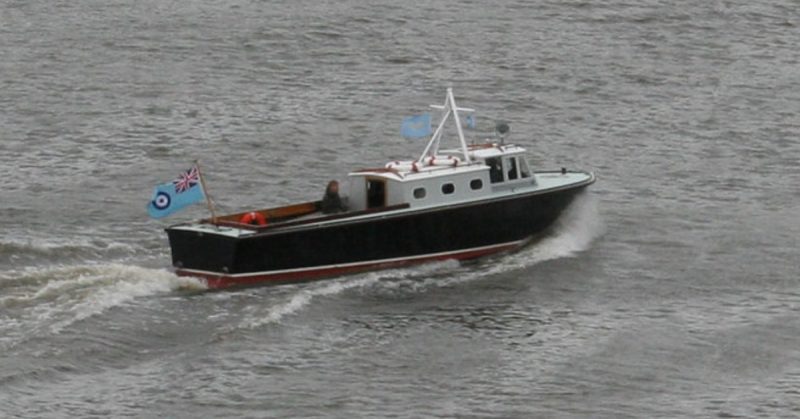Richard Kay and Baron Dibble are good friends and partners in the restoration of a Second World War sea rescue boat.
Kay was injured while racing power boats and he decided that he needed a project to keep himself busy. He fell in love with an RAF Seaplane Tender and Rescue boat and made up his mind to find and repair one.
After searching for some time, in October 2017 he saw an advertisement for one that was moored in Somerset. He contacted the advertiser, and after being assured that the boat only needed a lick of paint, he set off to view it. On arriving he discovered that the advertiser had exaggerated the boat’s condition, but Kay was still determined to own one and so purchased the bedraggled vessel.
Baron Dibble was in the yard of his farmhouse when he saw his neighbor drive past, towing a large object. Wondering what on earth Kay was up to, he visited and was soon part of the restoration project.
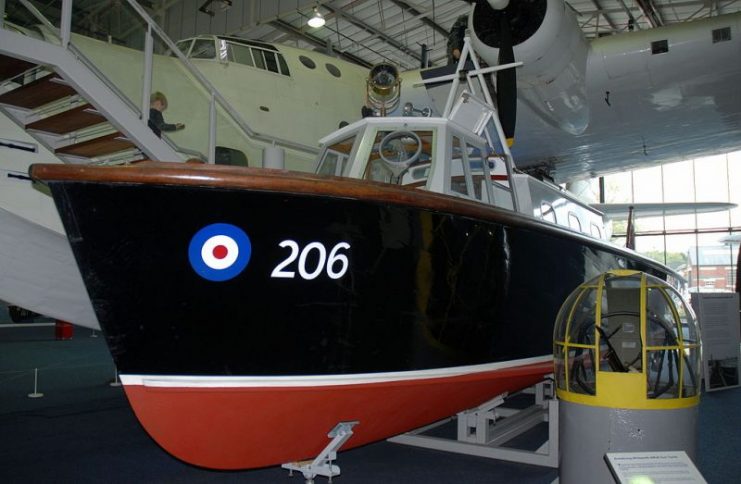
The friends, one a cabinet maker and the other a psychiatric nurse, set about the long job of bringing the 41.5-foot-long boat back to her former glory. She was initially launched in July 1941, but the date of her relaunch is still undecided.
Neither of the pair have any experience in boat restoration, but they are unfazed by their lack of experience. Kay is confident that they will learn as they go along and neither of them are in any hurry to complete the task. They estimate that the job will take five years, although they add that its a pretty loose timeline.
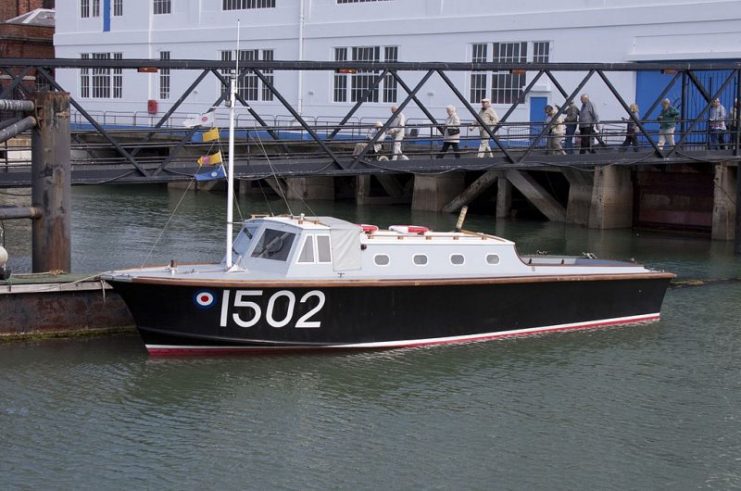
Kay was unable to trace the boat’s original name, so the pair decided to name her ‘Dame Vera Lynn’ after the famous singer wartime singer and forces sweetheart. Kay chose the name since choir members at his old school were selected as backing singers for Dame Vera for a performance at the Royal Festival Hall.
Kay wrote to Dame Vera, now aged 102, asking for permission to name the boat after her. Dame Vera wrote back saying she would be delighted to lend her name to the vessel.
When the restoration is complete, Kay and Dibble expect to take her on a long trip and sail around Europe. In the meantime, Dibble enjoys sitting down at the end of each day to look at all that they have achieved.
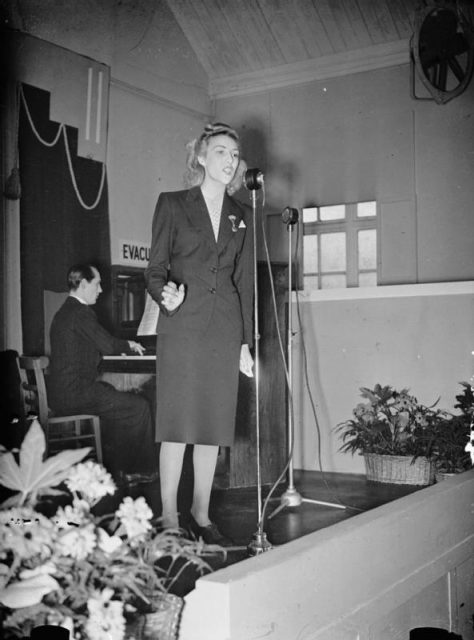
The pair have been self-funding the restoration, although they also have a crowd-funding page for anyone that would like to contribute toward the costs of bringing this beautiful old lady back to life.
These rescue boats originally came from the Royal Navy. During the First World War, the Royal Navy had numerous seaplanes that were used in defending Britain’s shores. The navy also had some 300 to 500 vessels of varying sizes to support the seaplanes. The boats were used to ferry crews and stores and to maintain the buoys that marked the ‘runways’ that the seaplanes used.
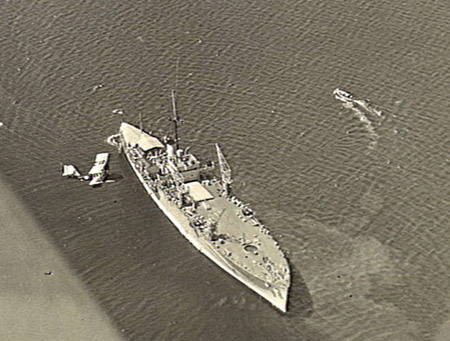
With the RAF’s creation in 1918 through combining the aviation arms of the Royal Navy and the British Army, the seaplanes and their support boats became part of the RAF, with the support boats making up the RAF Marine Craft Section.
Between the world wars, the Marine Craft Section had 150 boats serving as seaplane tenders. The boats were also equipped to undertake rescues at sea. The boats suffered many problems, least of which being inadequate crew training.
Since the boats that the RAF inherited from the Royal Navy were nearing the end of their useful lives, the Marine Craft Section requisitioned new boats that would eventually lead to the creation the RAF 100 Class High Speed launches in the 1930s.
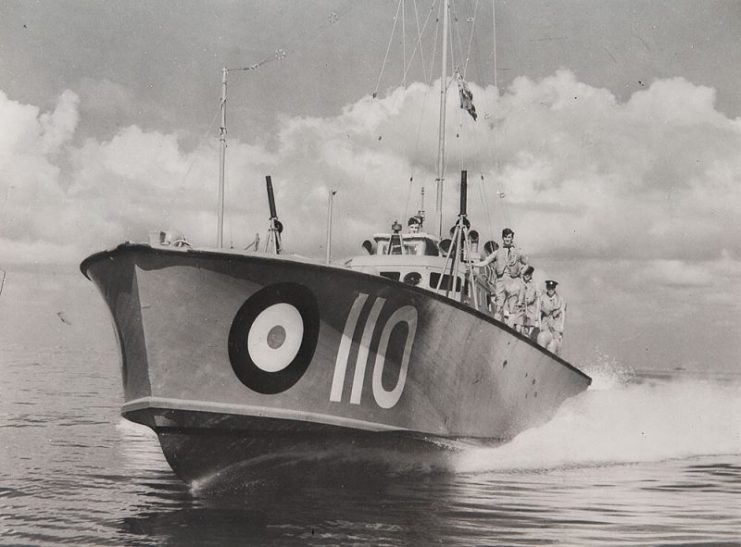
These launches may have been ideal for transport duties, but they were a failure in terms of sea rescue. Their high deck made it almost impossible to rescue from the water, while the internal design made it vulnerable to combat damage and it was also poorly armed.
Such shortcomings became apparent with the advent of the Second World War. During the Battle of Britain, the Marine Craft Section could only keep ten boats on the water and pilots that bailed out over the English Channel or the North Sea only had a 20% chance of being rescued. It was so bad that the RAF lost 215 aircrews to the sea between July and October 1940.
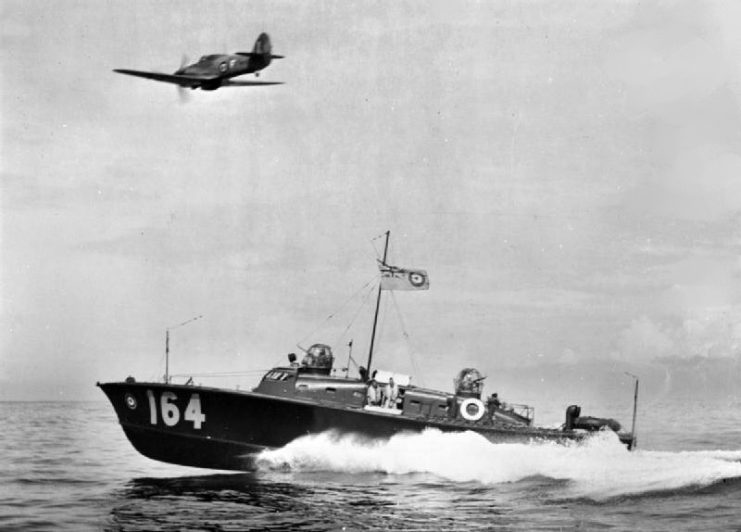
In 1941 the Royal Navy offered to take back full responsibility for sea rescue, but the RAF declined. On February 6, 1941 the RAF created the Directorate of Air Sea Rescue, which later became the RAF Search and Rescue Force.
The force continued to expand and brought bigger and better boats on board. They spread all over the globe and successfully rescued over 8,000 crewman and civilian personnel by the end of the war.
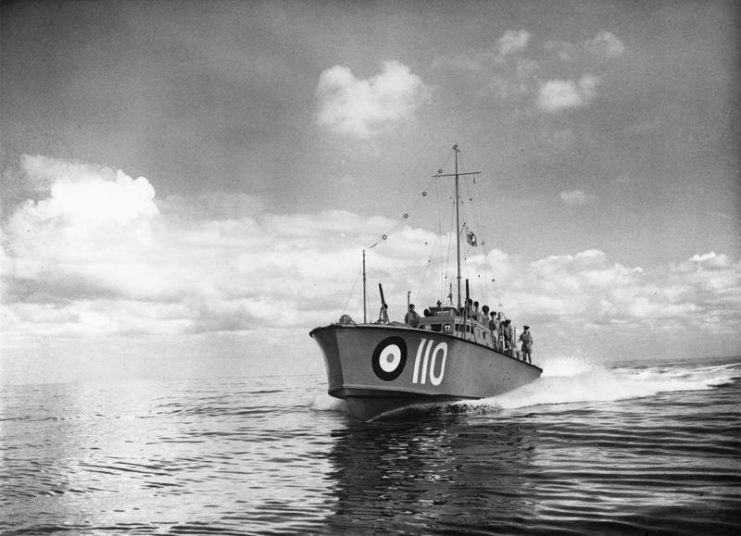
The Search and Rescue force inevitably dwindled after the war. Further, helicopters slowly began assuming the sea rescue role during the 1950s.
Later, in 1986, the RAF Marine Branch was disbanded since the civilian Royal National Lifeboat Institution (RNLI) and the RAF’s search and rescue helicopters had taken over the rescue role, while civilian contractors assumed all the other functions of the Marine Branch.
